Theft-hit art collection gains a wider public
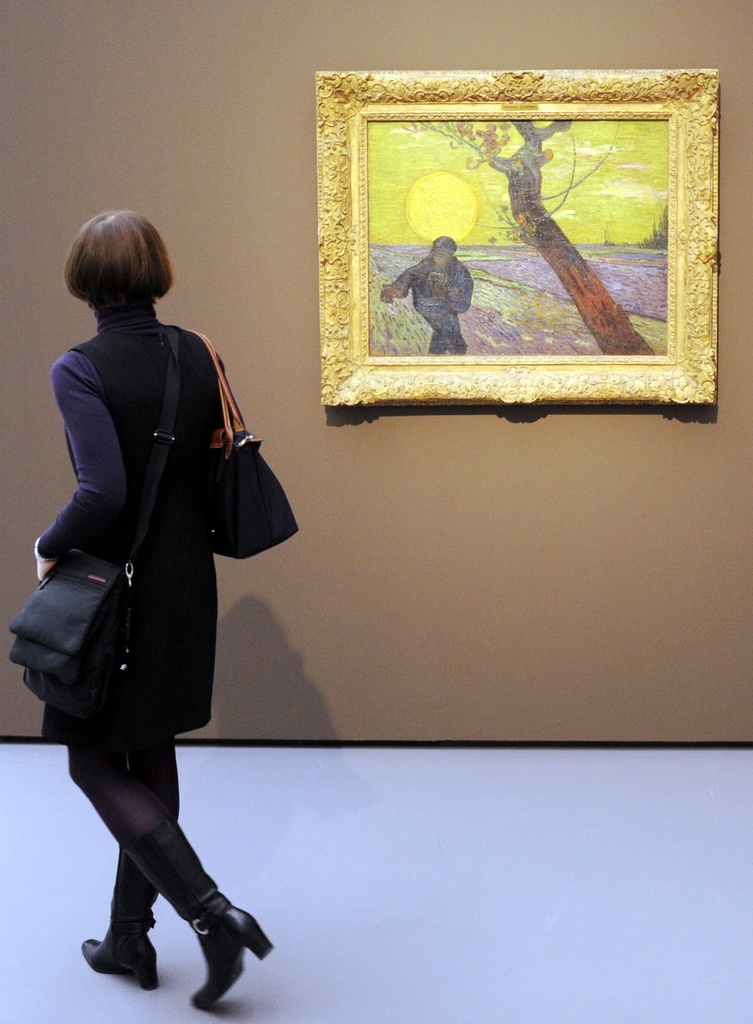
Two years ago thieves stole SFr180 million ($169 million) worth of art from the private Bührle collection in Zurich, in one of Europe’s biggest art heists.
The collection, virtually off limits since then, is now being displayed at Zurich’s Kunsthaus fine arts museum. On show are two of the stolen paintings – a Monet and van Gogh – which were later found abandoned.
“We were forced to pretty much close down our museum, we reopened on a moderate level for groups by appointment but we were no longer a publically accessible museum,” Lukas Gloor, director of the Foundation E.G. Bührle Collection said at the media viewing on Tuesday.
“So the chance to open up more than ever before is tremendous and an exciting opportunity,” he told swissinfo.ch.
On February 10, 2008 three armed men burst into the collection’s original home, a small museum in an upmarket Zurich area, taking with them four paintings.
These were part of a collection amassed in the mid 20th century by the late Emil Bührle, an industrialist and arms producer with a love of art – in particular 19th century French Impressionists and Post-Impressionists. It is said to be one of the world’s best private art collections.
Wider public
Van Gogh, Cézanne, Monet – The Bührle Collection opens at the Kunsthaus on February 12 and runs for three months.
Around 180 Bührle paintings and sculptures are on show and should draw in thousands of visitors.
“If you look around you will see almost every master of the 19th century that is of value to art history, you see Monet, van Gogh, a large group of paintings by Manet,” said Kunsthaus director Christoph Becker, who is curating the show with Gloor.
The stolen Monet’s Poppies near Vétheuil and van Gogh’s Blossoming Chestnut Branches, which were later recovered after being abandoned, are on display.
Becker said that the Kunsthaus had high security, so no special measures were needed. “The museum has a very good working security system which is based on several phases and can be adjusted to almost every show we have,” he told swissinfo.ch.
The two other stolen pictures, a Cézanne – worth SFr100 million – and a Degas are still missing.
“We are in close contact with Zurich cantonal police, we know they haven’t closed the file, but I’m afraid so far this is the only good news,” said Gloor.
Ambitious collector
The Monet and van Gogh are to be found in the vicinity of another van Gogh masterpiece, The Sower, and not far from Renoir’s Little Irene.
At the core of the exhibition are three huge water lilies paintings by Monet, the purchase of which Gloor said was one of Bührle’s great achievements as a collector.
German-born Bührle, who studied art history before marrying into an industrialist family, was a very ambitious collector, wanting to assemble an representative overview of the history of Impressionism and Post-Impressionism, added Gloor.
But he also widened his collection out, adding old master paintings and examples of 20th century avant-garde and Cubism, including Picasso.
However, Bührle’s activities have not been without controversy. Thanks to him, his company, Oerlikon, thrived – partly on the back of arms production and exports during the Second World War.
Controversy
After the war it was found that Bührle had purchased 13 paintings stolen by the Germans from their owners in occupied France.
Following legal proceedings, Bührle was able to buy back nine of the original 13 and was found to have bought the paintings in good faith. From 1948 he kept a special eye on his art’s provenance.
“The transparency about the origins of the paintings, about them coming from various sources in the 1930s-1950s, is especially important because the public is interested in where the paintings come from, where the money came from and how the collection was built and we have a big documentation about this in the show,” Becker said.
He added that the museum was prepared should any further controversy arise.
It is hoped that the Bührle collection will gain a permanent space in the Kunthaus’s new extension, set to open in 2015. For now the show is housed in large rooms donated to the museum by Bührle in the 1950s.
An imposing photograph of the man himself can be seen at the start of the exhibition. It shows him proudly seated among the most stunning examples of his collection. It is accompanied by a – rare – 1954 quote, perhaps showing where Bührle’s heart really lay.
“I would prefer to say that a genuine collector is an artist manqué.”
Isobel Leybold-Johnson in Zurich, swissinfo.ch
The “Van Gogh, Cézanne, Monet, the Bürhle Collection” runs from February 12 to May 16, 2010.
The visiting exhibition is a kind of dress rehearsal, since the collection is set to gain its own area in David Chipperfield’s Kunsthaus extension when it – subject to approval of the funding by local voters – opens in 2015, and will be on permanent display there.
The art collection of Emil Georg Bührle (1890-1956) is said to be one of the most important of its kind. In 1960 Bührle’s family placed 200 pieces in a foundation and opened it to the public. This museum was a hidden gem, attracting around 10,000 people per year before the robbery.
Big names in the collection include Frans Hals, Canaletto, Ingres, Delacroix, Manet, Cézanne, Degas, Gauguin, van Gogh, Signac, Vlaminck, Braque and Picasso. Also included are works from the Dutch Golden Age, Venetian Masters from the 16th to 18th centuries and Gothic wooden figurines.
The combination of the Kunsthaus Zürich’s own collection with the Bührle Collection will make the museum Europe’s leading centre for French Impressionism outside Paris, says the Kunsthaus.
Police described the heist on February 10, 2008 as the biggest ever robbery committed in Switzerland and almost certainly the biggest art theft in Europe.
Three masked men entered the museum with pistols. One of the men used his firearm to force museum personnel to the floor, while the two others went into the exhibition hall and collected the first four paintings they came across. These were estimated to be worth SFr180 million. The museum was open at the time with around 15 visitors inside.
Monet’s Poppies near Vétheuil and van Gogh’s Blossoming Chestnut Branches were recovered after being found in an abandoned vehicle in a psychiatric clinic’s car park just over a week after the theft.
It was speculated that the thieves took advantage of the museum’s relatively low security and were not art experts. They might have left these two paintings because they were very large and unwieldy, experts said.
Cézanne’s The Boy in the Red Vest and Degas’ Count Lepic and His Daughters, the most and least valuable of the stolen works, are still missing.

In compliance with the JTI standards
More: SWI swissinfo.ch certified by the Journalism Trust Initiative

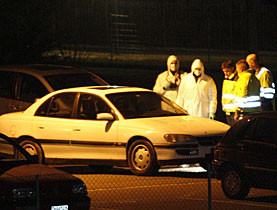
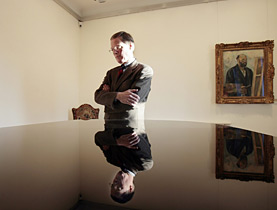
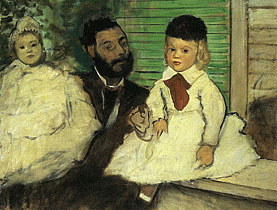
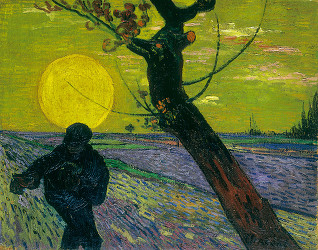
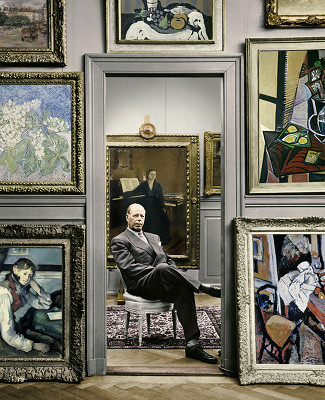
You can find an overview of ongoing debates with our journalists here. Please join us!
If you want to start a conversation about a topic raised in this article or want to report factual errors, email us at english@swissinfo.ch.